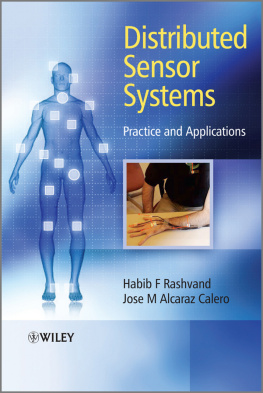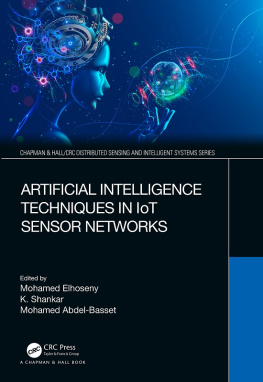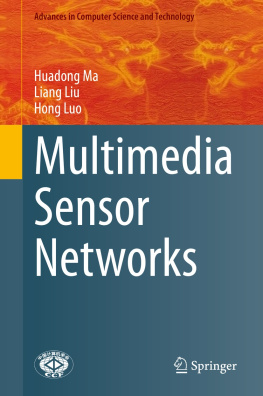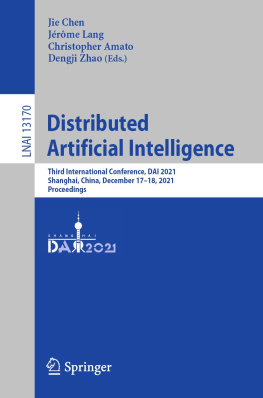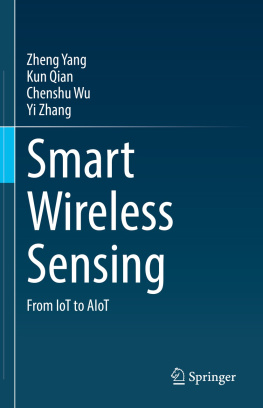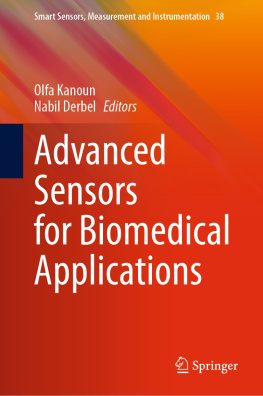Habib F. Rashvand - Distributed Sensor Systems: Practice and Applications
Here you can read online Habib F. Rashvand - Distributed Sensor Systems: Practice and Applications full text of the book (entire story) in english for free. Download pdf and epub, get meaning, cover and reviews about this ebook. year: 2012, publisher: Wiley, genre: Home and family. Description of the work, (preface) as well as reviews are available. Best literature library LitArk.com created for fans of good reading and offers a wide selection of genres:
Romance novel
Science fiction
Adventure
Detective
Science
History
Home and family
Prose
Art
Politics
Computer
Non-fiction
Religion
Business
Children
Humor
Choose a favorite category and find really read worthwhile books. Enjoy immersion in the world of imagination, feel the emotions of the characters or learn something new for yourself, make an fascinating discovery.
- Book:Distributed Sensor Systems: Practice and Applications
- Author:
- Publisher:Wiley
- Genre:
- Year:2012
- Rating:3 / 5
- Favourites:Add to favourites
- Your mark:
Distributed Sensor Systems: Practice and Applications: summary, description and annotation
We offer to read an annotation, description, summary or preface (depends on what the author of the book "Distributed Sensor Systems: Practice and Applications" wrote himself). If you haven't found the necessary information about the book — write in the comments, we will try to find it.
In this book, the authors discuss the technological developments lead by sensor technology, addressing viable new applications to inspire a technological evolution. Under the advanced and visionary approach of distributed intelligence, the authors focus on three distinct but tightly inter-related areas of developments for distributed sensing systems (DSS): firstly, the sensor technology embracing the conversion of the phenomena of interest into desirable form of signal such as electric, secondly, the interaction process between sensing points which requires immense intelligence loosely called networking, and finally, the adoption of useful maturing systems through potential applications for right impacts for a better life and a brighter economy. Furthermore, the book contains a number of case studies and typical applications illustrating the technical details, features and functions of the systems, as well as demonstrating their benefits and limitations.
Key Features:
- Discusses the technological developments lead by sensor technology
- Addresses viable new applications
- Contains a number of case studies and typical applications illustrating the technical details, features and functions of the systems
- Demonstrates the benefits and limitations of distributed sensing
- Written by experts with vast experience in the field (both in academia and industry)
This book will be an invaluable reference for postgraduates studying related courses (communication engineering, engineering management, computer systems, industrial process, automation, design, environmental, urban, surveillance), R&D engineers, system and application designers, researchers, industrial project managers and engineers, and technical and strategic managers planning new products.
Habib F. Rashvand: author's other books
Who wrote Distributed Sensor Systems: Practice and Applications? Find out the surname, the name of the author of the book and a list of all author's works by series.

